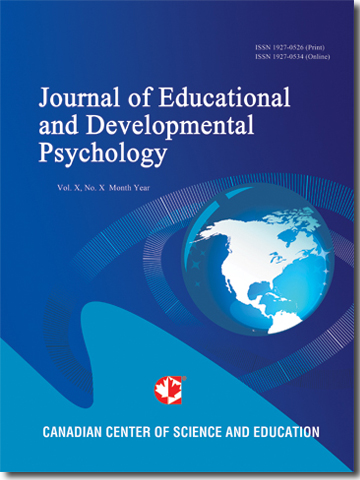Application of Multilevel Latent Class Analysis to Identify Achievement and Socio-Economic Typologies in the 20 Wealthiest Countries
- W. Finch
- Gregory Marchant
Abstract
There has been increased interest in cross-national comparisons of educational achievement, particularly using the data provided through the Programme for International Student Assessment (PISA). The growing tendency in the popular media is to characterize such comparisons by ranking nations based upon mean achievement test scores. However, recent work has demonstrated that the way in which students are organized in schools has a impact on student achievement. The current study demonstrated the utility of a relatively new statistical technique, the nonparametric latent class model, to investigate the cross national organization of schools and its relationship to student achievement and socio-economic status. The results demonstrated that indeed, it is not enough to simply compare mean achievement performance across countries, but rather that the ways in which nations organize students into schools is also associated with test performance. The results of this study highlight both the importance of understanding school organizational context, and the analytic power of the nonparametric latent class model.- Full Text:
 PDF
PDF
- DOI:10.5539/jedp.v3n1p201
Journal Metrics
(The data was calculated based on Google Scholar Citations)
1. Google-based Impact Factor (2021): 1.11
2. h-index (December 2021): 29
3. i10-index (December 2021): 87
4. h5-index (December 2021): N/A
5. h5-median (December 2021): N/A
Index
- Academic Journals Database
- CNKI Scholar
- Copyright Clearance Center
- CrossRef
- Elektronische Zeitschriftenbibliothek (EZB)
- EuroPub Database
- Excellence in Research for Australia (ERA)
- Harvard Library
- Jisc Library Hub Discover
- JournalSeek
- JournalTOCs
- LIVIVO (ZB MED)
- LOCKSS
- MIAR
- Open Access Journals Search Engine(OAJSE)
- PKP Open Archives Harvester
- Publons
- ROAD
- Scilit
- SHERPA/RoMEO
- Standard Periodical Directory
- Stanford Libraries
- Technische Informationsbibliothek (TIB)
- UCR Library
- UoB Library
- WorldCat
- Zeitschriften Daten Bank (ZDB)
Contact
- Carol WongEditorial Assistant
- jedp@ccsenet.org
